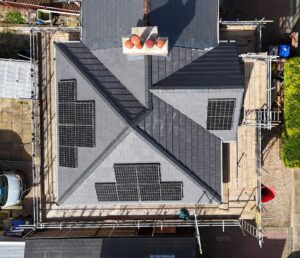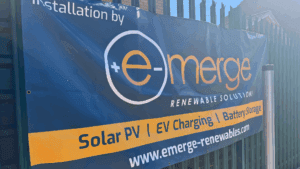Selecting the correct sums insured (the amount you are insured for) is essential for a policy to work effectively. As the policyholder, it is also your responsibility to ensure that the sums insured are adequate. In the current inflationary climate, selecting the correct sums insured has never been more critical. The cost of reinstating, replacing or repairing property is escalating, particularly where labour and materials are concerned. Rebuilding costs are significantly higher than they were three years ago. Therefore, the cover you purchase must allow for the actual value of the property at risk (‘property’ can include items such as buildings, contents, and stock).
Most insurance policies penalise the policyholder for underinsurance. Underinsurance can occur in instances where the sum insured does not reflect the actual cost of reinstatement, replacement or repair, depending on the exact terms of the policy. Too often, underinsurance is only identified after damage or loss has occurred, by which time it is too late to increase the relevant sums insured. A claim settlement may be reduced as a result. Typically, the amount of underinsurance will be determined by ‘the average condition’.
Many insurance policies that cover property of all types will include an average condition or clause. This clause stipulates that the insurer may reduce any claim settlement in proportion to the amount of underinsurance of the property insured.
Points to consider when selecting the correct sums insured
An individual insurer’s definition of a ‘building’ can both vary and extend beyond the basic structure itself. For instance, an insurer’s definition of a building often includes foundations, hard-standing, drains and boundary walls. Therefore, the sums insured must cover more than the basic structure and reflect the current cost of reinstating the entire ‘building’. Consequently, you may need to increase the sums insured depending on the insurer’s exact definition.
Buildings – make sure your sums insured keeps track of inflation: inflation and contributory pressures such as global supply chain delays and shortages are increasing the cost of labour and materials, and construction. It is essential to ensure that your sums insured reflect the total and current cost of rebuilding. The sums insured must also include associated expenses such as site clearance, planning requirements and other preparatory expenditures. BHIB has access to a wide range of property rebuild cost valuation services to assist you in assessing appropriate sums insured. Please consult us for guidance.
Contents, stock, fixtures and fittings, plant and machinery – selecting the correct sums insured: The risk of underinsurance will not only potentially apply to buildings. Contents, stock, fixtures and fittings, plant equipment and machinery, can also be subject to ‘the average condition’ in the event of a claim.
Inflation is increasing the cost of repairing and replacing many items, so you must ensure that your sums insured reflect the correct value of their replacement ‘as new’ or their second-hand value, depending on the basis of cover. In particular, you must pay careful attention when assessing the insurance values of specialist business equipment or other items that may have a long lead time for their replacement.
BHIB has access to dedicated valuation services for these items to assist you in assessing appropriate sums insured, contact us for more guidance.
Get in touch to ensure your property insurance policy has the correct sums insured. Speak to your usual BHIB Insurance Brokers contact, call 01604 630003, email enquiries@bhibinsurance.co.uk or visit the website www.bhibinsurance.co.uk













